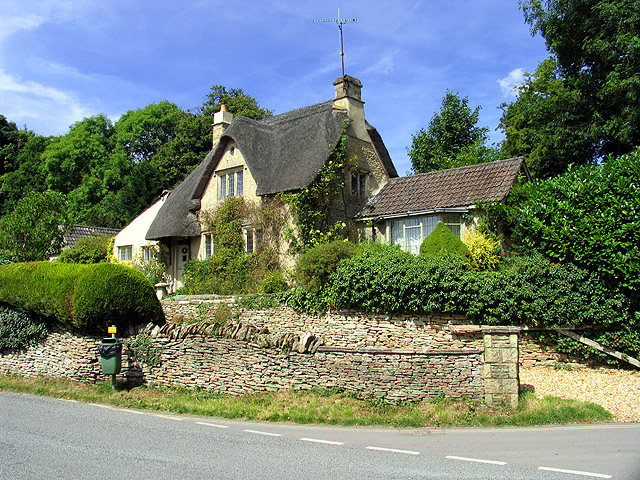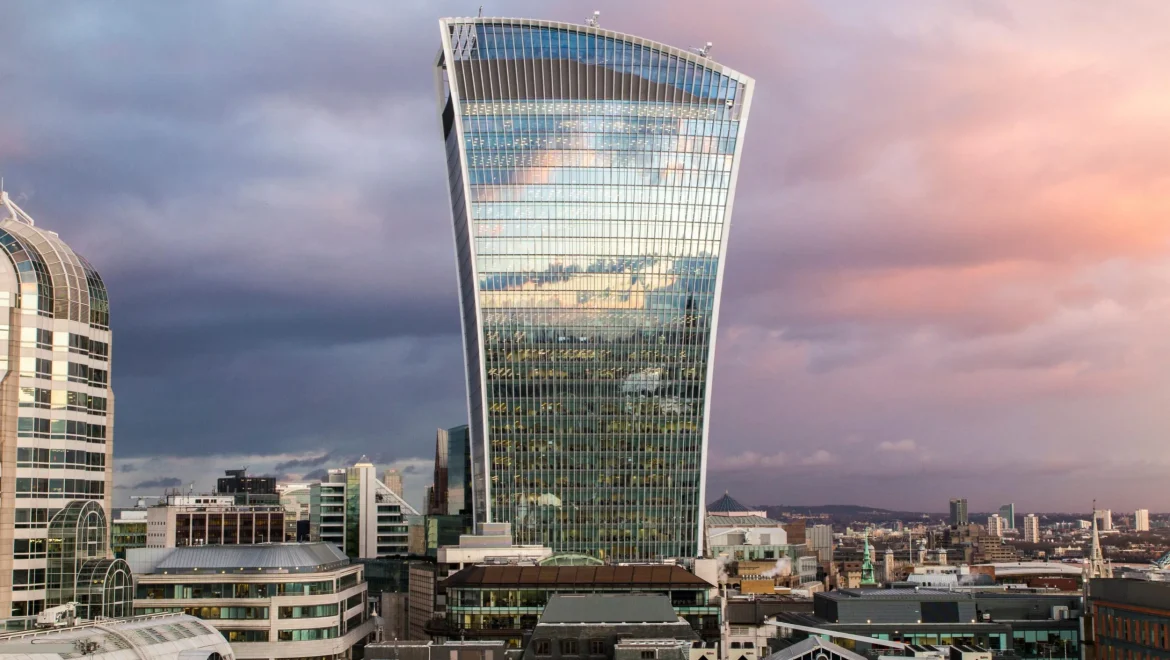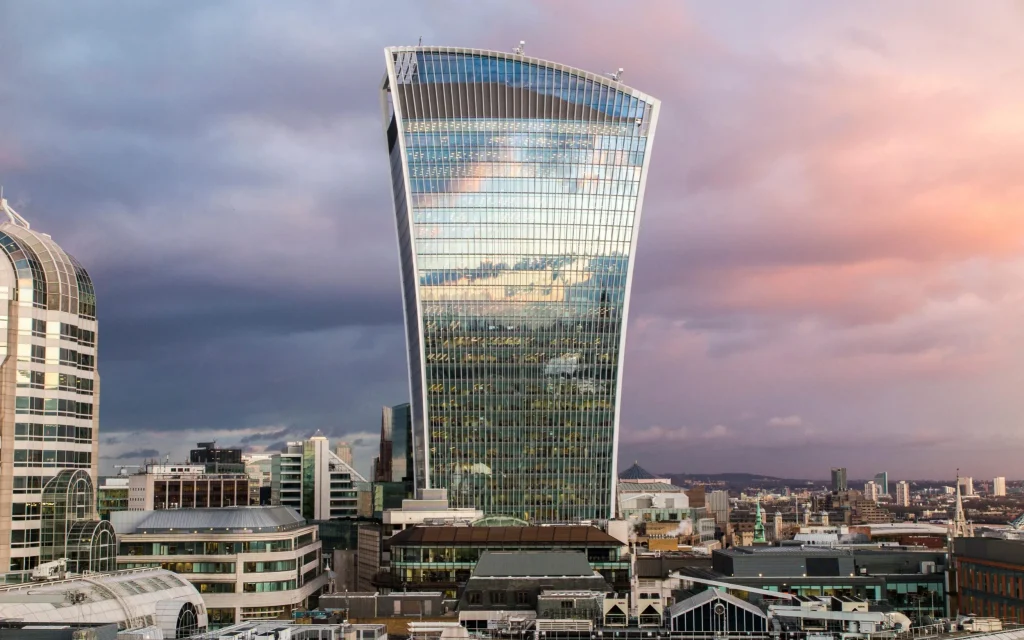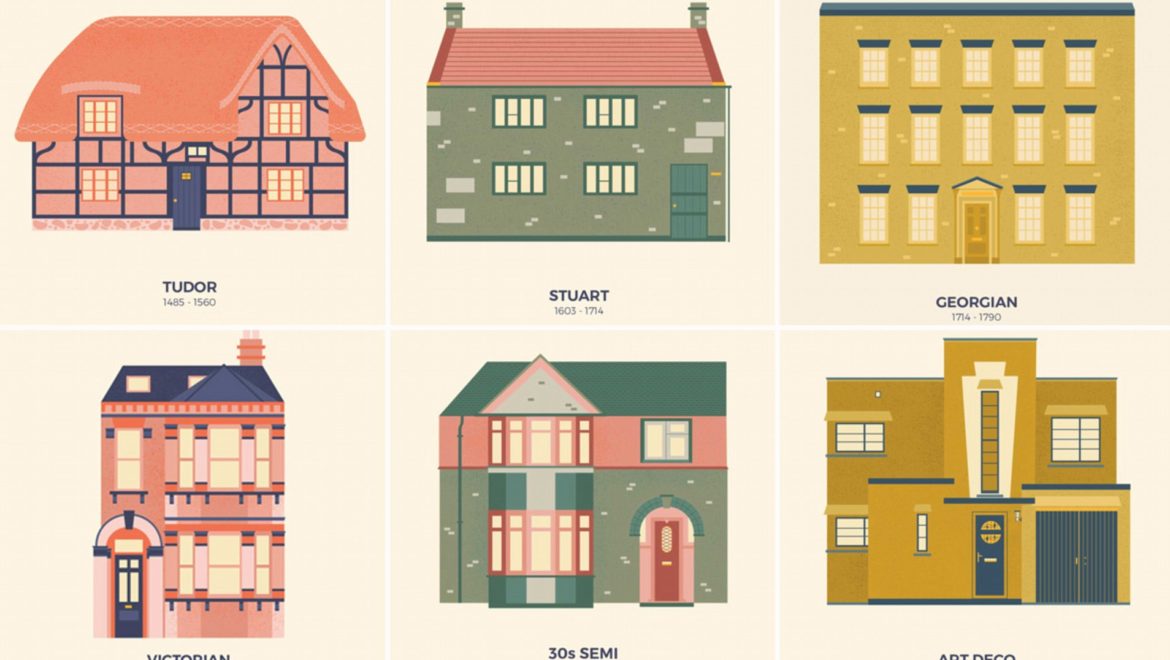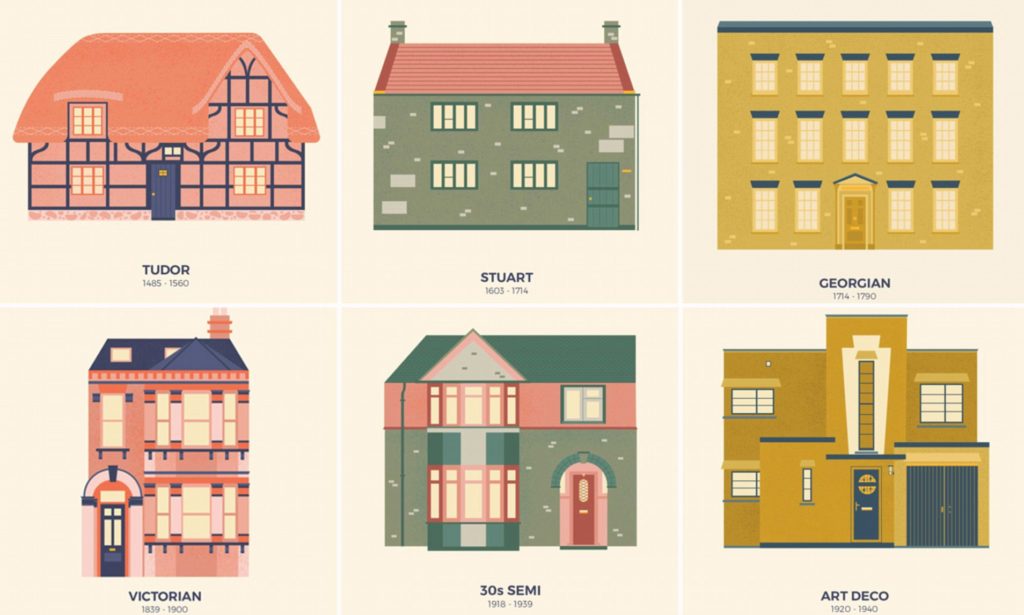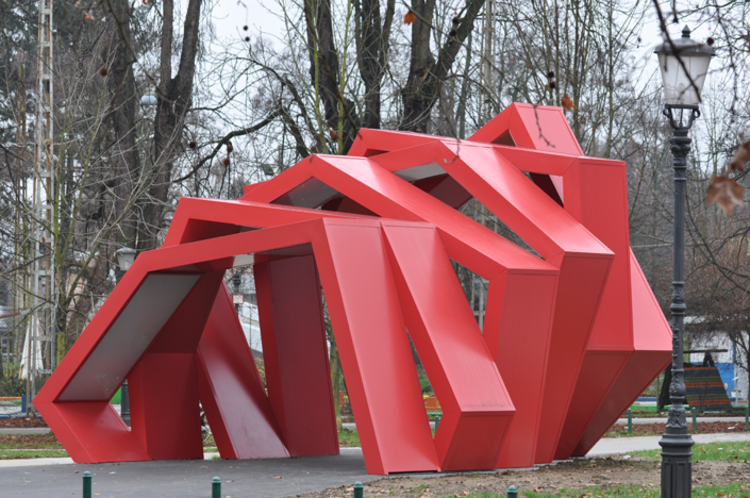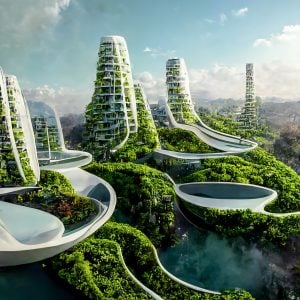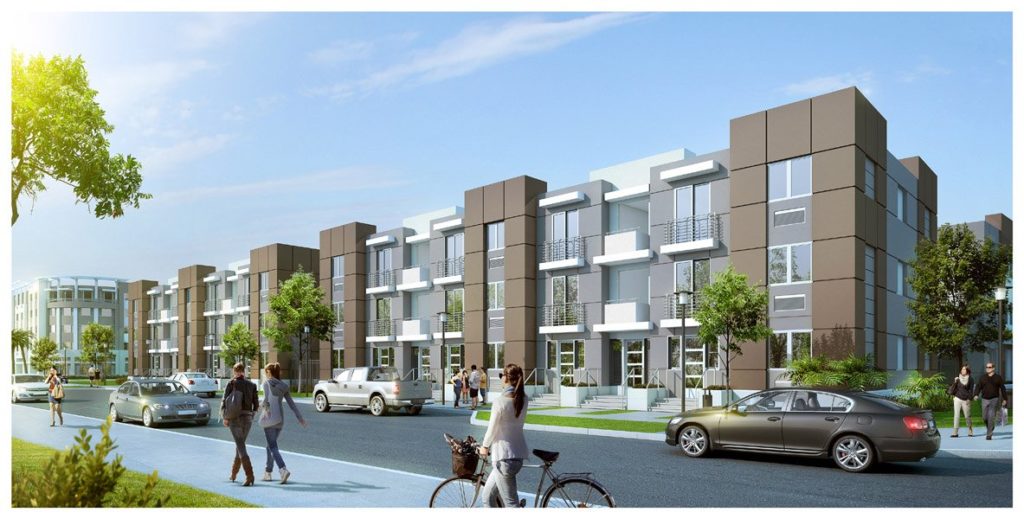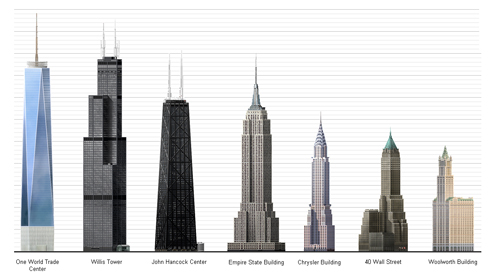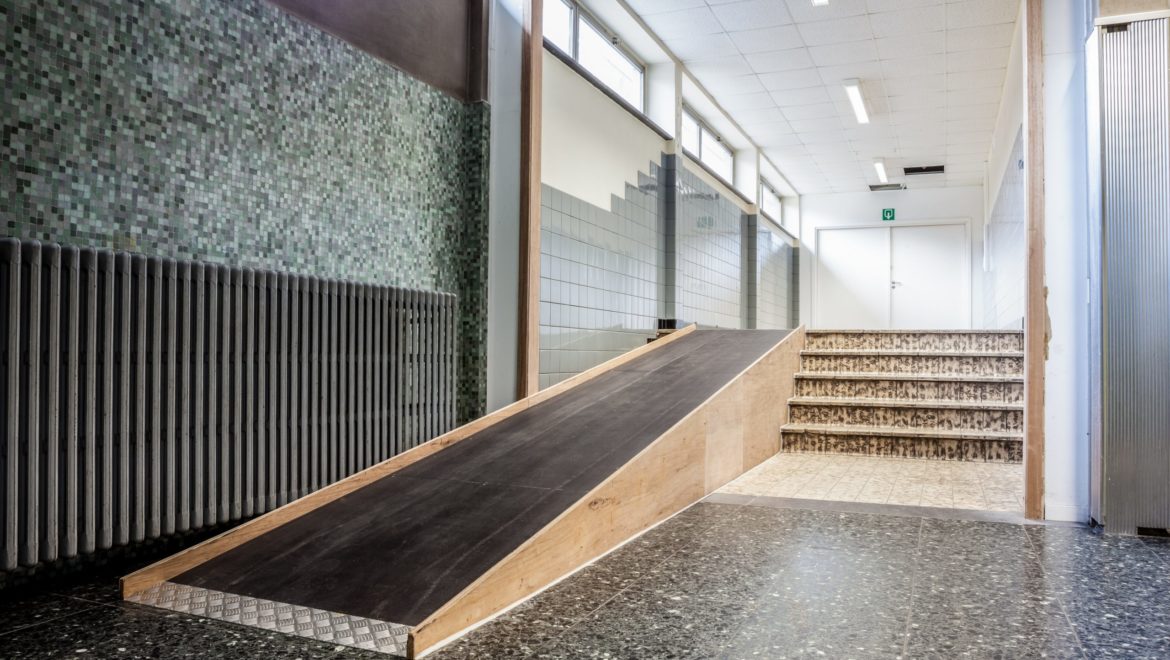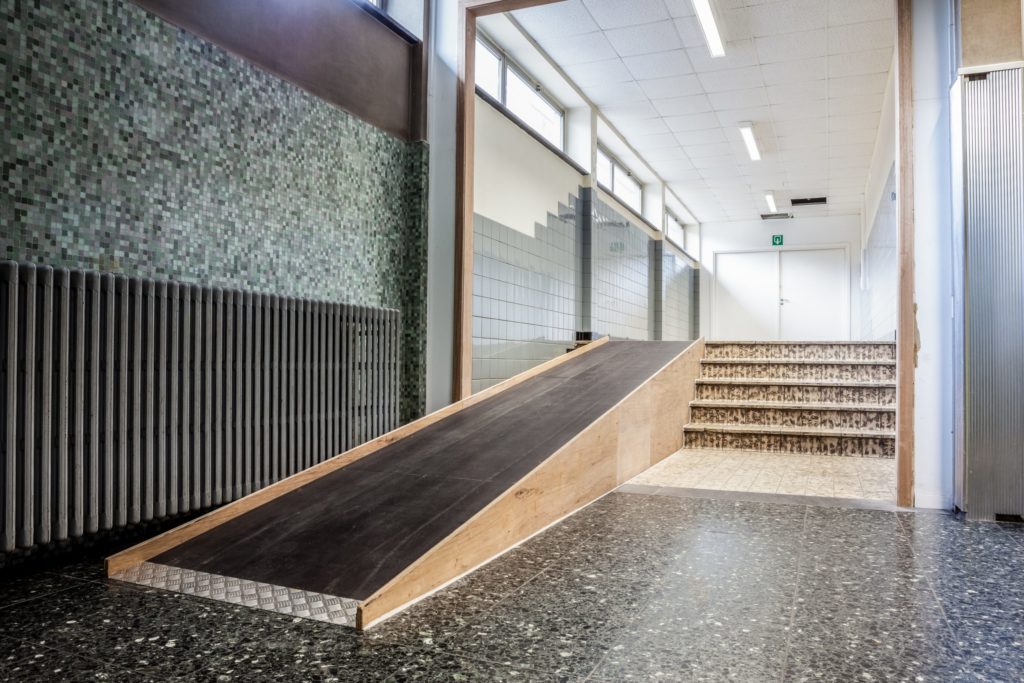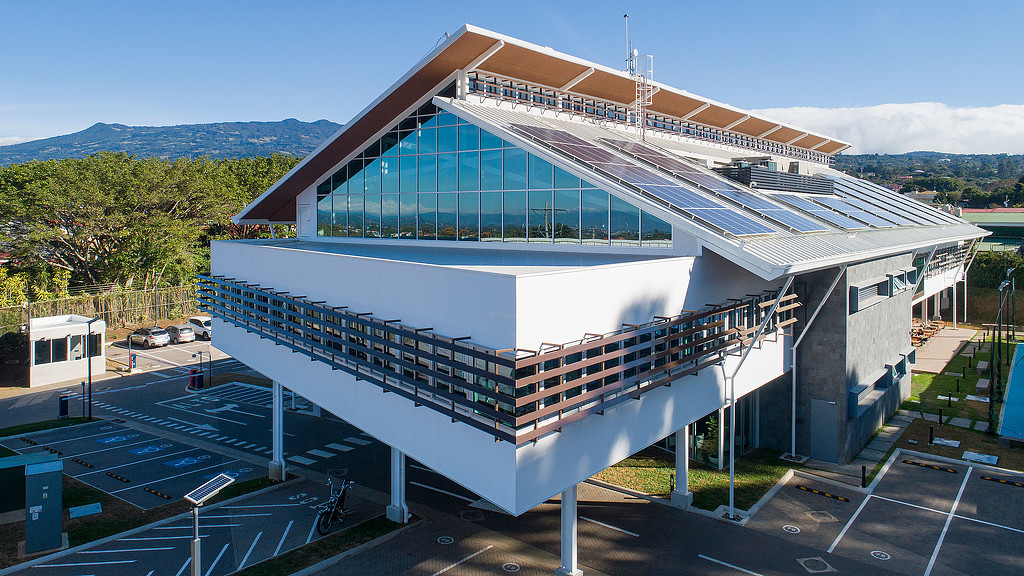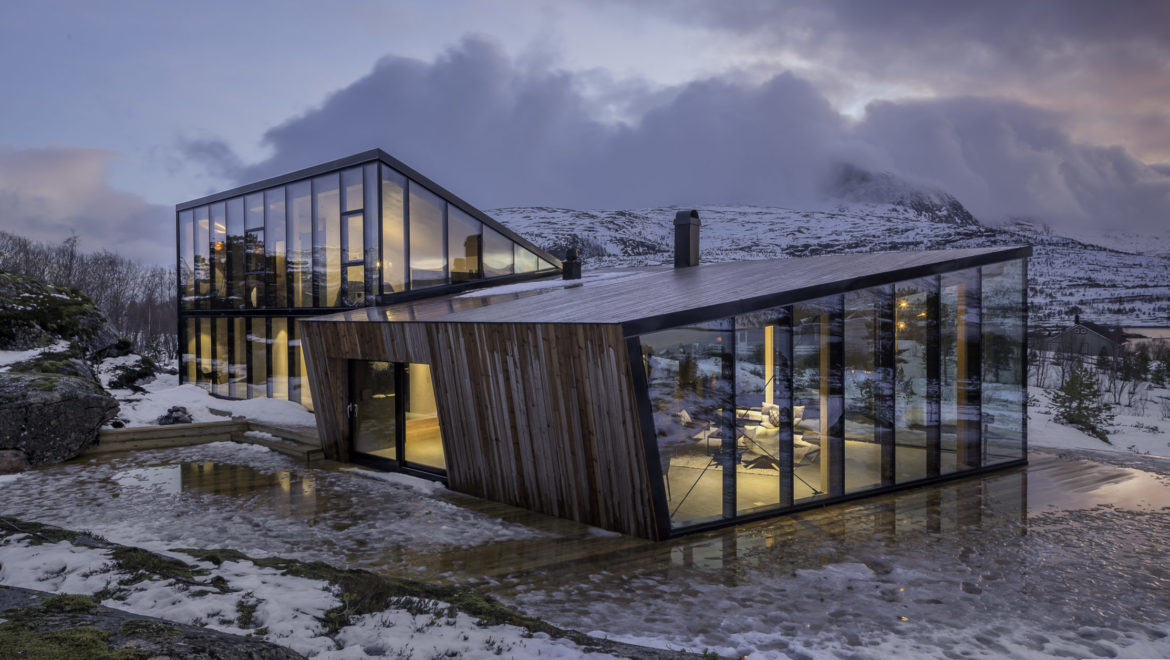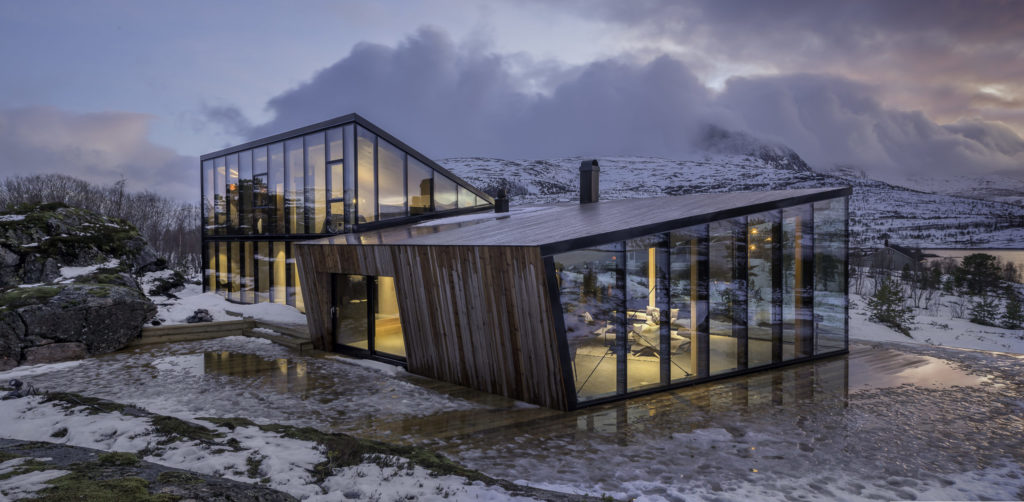Hidden Gems: Uncovering Lesser-Known Architectural Treasures in the UK
When one thinks of architectural wonders in the United Kingdom, iconic landmarks like the Tower of London, Stonehenge, or Buckingham Palace often come to mind. However, beyond these world-famous structures, the UK is teeming with hidden architectural gems waiting to be discovered. From picturesque small-town cottages to overlooked urban structures. These lesser-known treasures offer a unique and intimate glimpse into the country’s rich architectural heritage.
Thatched Cottages of Castle Combe, Wiltshire
Firstly, nestled in the heart of Wiltshire, the charming village of Castle Combe is often described as one of the prettiest in England. Its timeless beauty is exemplified by the traditional thatched cottages that line its streets. The picturesque architecture of these cottages, built from honey-colored Cotswold stone, evokes a sense of stepping back in time. Each cottage is unique in design, showcasing intricate details that harken to a bygone era. Exploring Castle Combe feels like wandering into the pages of a storybook.
Portmeirion, Gwynedd, Wales
In a remote corner of North Wales, Portmeirion is an architectural treasure that transports visitors to the Mediterranean coast. This quaint village, designed by Sir Clough Williams-Ellis, is a whimsical mix of architectural styles. From Gothic to Baroque, and its vividly painted buildings appear almost dreamlike against the backdrop of Snowdonia. Portmeirion is a true hidden gem, known not only for its captivating architecture but also for its serene gardens and stunning coastal views.
The Painted Village of Balamory, Isle of Mull, Scotland
On the picturesque Isle of Mull in Scotland, the village of Tobermory is a hidden treasure with its colorful houses that resemble a children’s storybook. Each building is painted in vibrant hues. Creating a delightful and whimsical atmosphere that’s reminiscent of the beloved children’s TV show, “Balamory.” In addition, the colorful facades stand out against the dramatic Scottish landscapes, making Tobermory a unique and charming destination.
Strawberry Hill House, Twickenham, London
Hidden amidst the suburban streets of Twickenham in southwest London. Strawberry Hill House is a neo-Gothic wonder that once belonged to the famous writer and collector, Horace Walpole. This enchanting castle-like structure, with its turrets and spires, is a masterpiece of Georgian Gothic Revival architecture. So, visitors can explore the intricately designed interiors and marvel at the captivating stained glass windows. Making it a must-visit for lovers of historical and architectural curiosities.
Kinloch Castle, Isle of Rum, Scotland
Tucked away on the remote Isle of Rum, Kinloch Castle is a Victorian-era marvel that defies its wild and rugged surroundings. Built by Sir George Bullough in the early 20th century. This grand mansion boasts lavish interiors, a fine collection of taxidermy, and its own electricity supply, a rarity in the early 1900s. Furthermore, the castle’s unique blend of Edwardian opulence and Scottish wilderness creates a truly extraordinary architectural experience.
Conclusion
While the UK is renowned for its iconic architectural landmarks, these hidden gems offer a refreshing change of pace. From the charming thatched cottages of Castle Combe to the Mediterranean-inspired whimsy of Portmeirion, and the colorful houses of Tobermory to the neo-Gothic beauty of Strawberry Hill House, these lesser-known architectural treasures beckon to be explored.
These hidden gems not only showcase the architectural diversity of the United Kingdom but also offer a chance to connect with the history, culture, and creativity of the regions they call home. So, the next time you find yourself in the UK, consider venturing off the beaten path to uncover these remarkable architectural treasures and experience the magic they hold.
